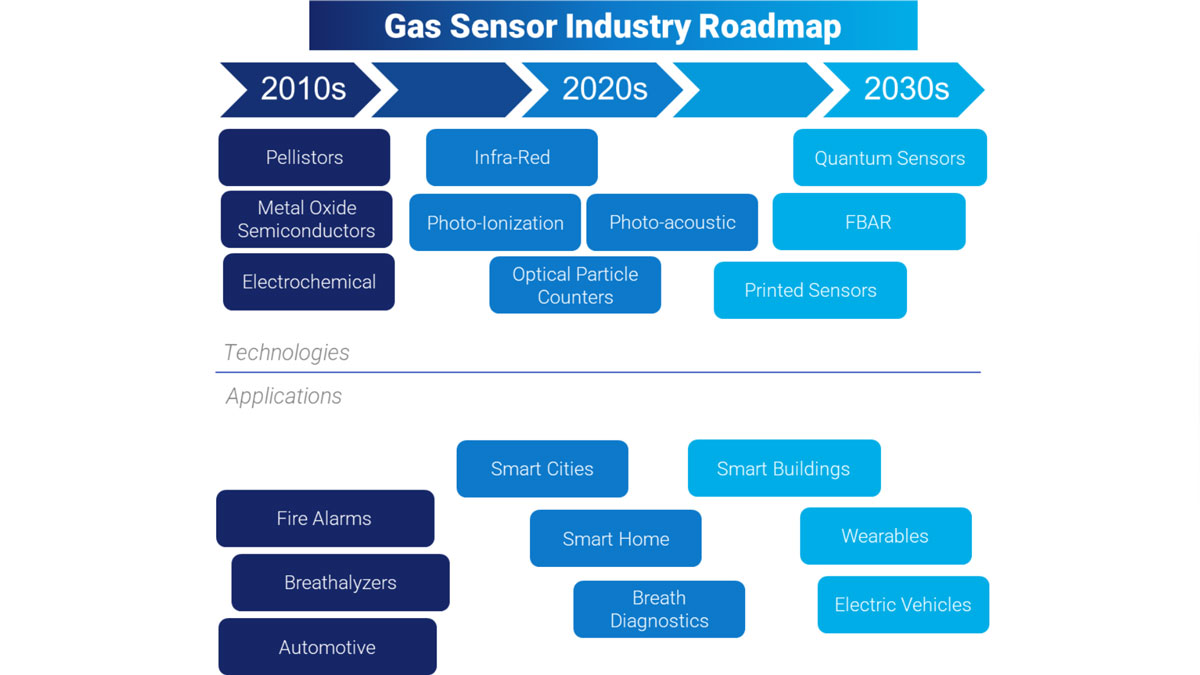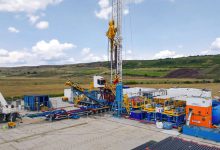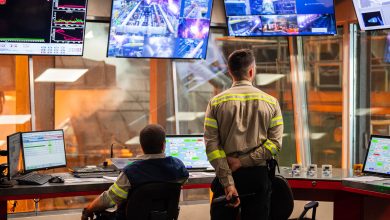Exploring Environmental Gas Sensors
Gas sensor technology makes the invisible – visible. This technology has the potential to identify a huge range of gaseous sources, allowing users to quantify air quality and smells. In this article, IDTechEx explores the variety of applications within the environmental gas sensor market.
Keeping lungs clean outdoors
Being health-conscious can be taken to a new level, as air quality is becoming a new variable to consider next to daily step count. Smart gadgets such as phones and watches fitted with wearable sensors could soon allow people to be notified when their heart rate or stress levels are increased in correlation with poor air quality, advising an alternative route to walk, helping people make better decisions for their health.
Also, did you know that when gliding around on electric scooters or waiting for a parcel – you may also have been helping to map outdoor air quality data? Gas sensors are being embedded into a variety of fleet services – data from which could now unlock a host of new insights alongside AI.
Health and safety first indoors
Turning indoors, cleaner homes might no longer just look like shiny surfaces, but cleaner air to breathe inside. Smart home monitors already in the market are being redesigned to be smaller and more cost-efficient so they can be more accessible to buy and create a neater aesthetic within the home. They are also becoming smarter, telling windows to open by themselves when fresh air is needed or alerting people when harmful gases are in the air.
In smart buildings such as offices, health and safety is an even greater driver than for air quality monitoring. Moreover, non-invasive gas sensors can offer a more private solution whilst keeping safety a priority.
Fire safety is also becoming far more advanced, as environmental gas sensors are now able to detect the very earliest signs that a fire is about to ignite, ensuring people have more time to evacuate a dangerous environment. These sensors will be revolutionary for highly populated schools and office buildings and have already been deployed around forests, towns, and cities in the US, where wildfires are becoming an increasingly dangerous hazard.
Saved by the smell
In the future, smelling fresh while walking into an afternoon meeting could become a lot easier with the development of e-noses that are small enough to wear. The advanced performance of some sensor types will allow them to differentiate between different types of smells, from sweet strawberry and chocolate to more unpleasant odours, helping people who might have difficulty with their sense of smell.
New parents could benefit from the development of gas sensors within diapers, having a notification on their phones that it’s time to change the baby, rather than waiting for the smell to reach someone else nearby. Nursing homes will also be able to make use of gas sensors in patient monitoring, sending signals to nurses when patients need changing or seeing to, allowing them to be more comfortable when alone in their rooms.
With this technology, medics could one day be able to use gas sensors to draw connections between certain types of smells emitted and diseases, helping people get diagnosed and treated faster, and contributing towards advancements in medical research, demonstrating just how vital gas sensors are for identifying things humans cannot.
Outlook and conclusions
Gas sensors are not only working wonders for people’s health day-to-day by measuring air quality and body odours, but their capabilities are now growing. Large data sets with AI or more advanced sensors within e-noses could impact us all – whether it be in helping us protect our lungs within our daily routine, reassuring us about our smell, or even accelerating the pace at which we receive medical treatment.
For in-depth market research, IDTechEx’s report ‘Environmental Gas Sensor Market 2024-2034: Technology, Trends, Forecasts, Players’ looks closer into miniaturized, low-cost sensors and their developments and uses.







